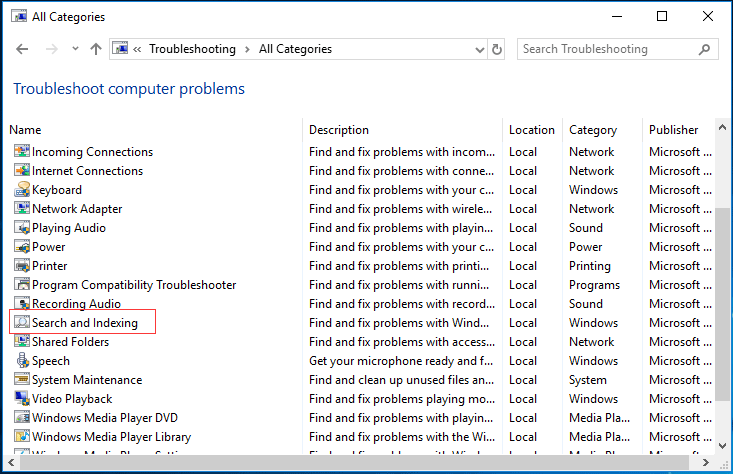Nowadays data backup has become a quite
excellent solution to keep a computer from data loss or system crash in the
event of disasters. Even if you take
precautions to protect your computer from malicious software, there is still a
chance that a hardware failure or other problem might happen. One
small accident, a virus, or hard drive failure can destroy all the important
stuff you care most about on your computer.
However, doing
backup of only the important files means that you won't get back the rest of
the files and folders on your system if something happens to your hard drive. You
could create a manual backup by simply copying your windows 10 system restore to a spare
hard drive, but it makes far more sense to turn to dedicated backup software to
automate the process. On the consumer market, the days of the analog tape
camcorder are long gone.
To
help you prepare for the worst, I will first cover the process of selecting the
media to use for storing your backup image. Here which one should be the best?
- ShadowMaker. It
provides you with a free, easy-to-use backup software to help you create and
manage backups of your system. In fact, that's what I assumed
Microsoft was working on when I first heard about its plans to make backup more
user-friendly in Windows.
And while it’s
not really a true backup solution, the inclusion of OneDrive does let you build
a little redundancy into your file storage. It makes it easy to virtually deploy your servers which
mean you can operate your virtual infrastructure from any remote
location. This means that even if
you make changes to a document or any other type of file, you can always revert
in time and rollback to any of its earlier versions.


